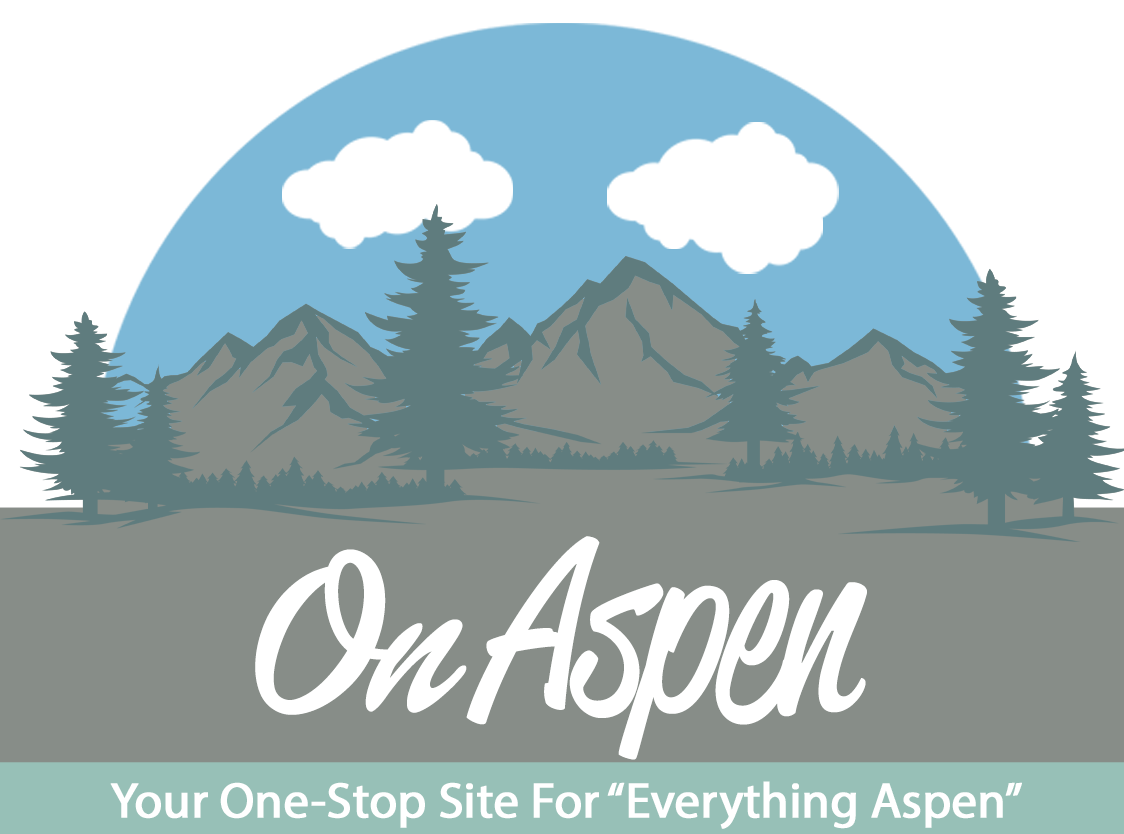Three Facts You Should Know About the Amazon Fire and Why It Matters
If you didn’t know the Amazon rainforest is on fire, you may be on a media diet or hiding under a rock.
The Amazon rainforest, located in northwestern Brazil and extending into Colombia, Peru, and other South American countries, is the world’s largest tropical rainforest. It has been called the planet’s lungs because its vast forests release oxygen and store carbon dioxide.
Some scientists say a better way to understand the Amazon’s role is as a sink, draining heat-trapping carbon dioxide (CO2) from the atmosphere. Currently, the world is emitting around 40 billion tons of CO2 into the atmosphere every year, and the Amazon absorbs about 5% of that.
So, what does this mean to you? Let’s look at some facts about the Amazon and its role in the environment.
The carbon-absorbing forest is disappearing. Not only is the burning of the Amazon diminishing the CO2 absorbing properties of the rainforest, the flames themselves are emitting millions of tons of carbon every day. Increased greenhouse gases in the atmosphere make forests even more vital. Forests cover 31 percent of the world’s land surface, just over 4 billion hectares. (One hectare = 2.47 acres.), down from the pre-industrial area of 5.9 billion hectares. Fewer forests mean less absorption of C02, which means desertification, soil erosion, fewer crops, flooding, increased greenhouse gases in the atmosphere, and a host of other problems.
The rainforest provides water for the region. The rainforest recycles its own water to produce a portion of the region’s rain, so deforestation mean less frequent rain. Scientists estimate that if 20% to 25% of the forest is destroyed, the dry season will expand enough that it will no longer be a forest, but a savannah.
Deforestation will accelerate climate change. If the deforestation continues, the tropical trees and the ecosystem they support would disappear, releasing up to 140 billion tons of stored carbon into the atmosphere and causing an uptick in already rising global temperatures.
What does all this mean for you? Global climate change impacts food and water supplies. These changes can indirectly cause increases in a range of adverse health outcomes, including cardiovascular and respiratory diseases and water-borne and insect-transmitted diseases.
To learn more about the fire, visit the Rainforest Alliance website.








